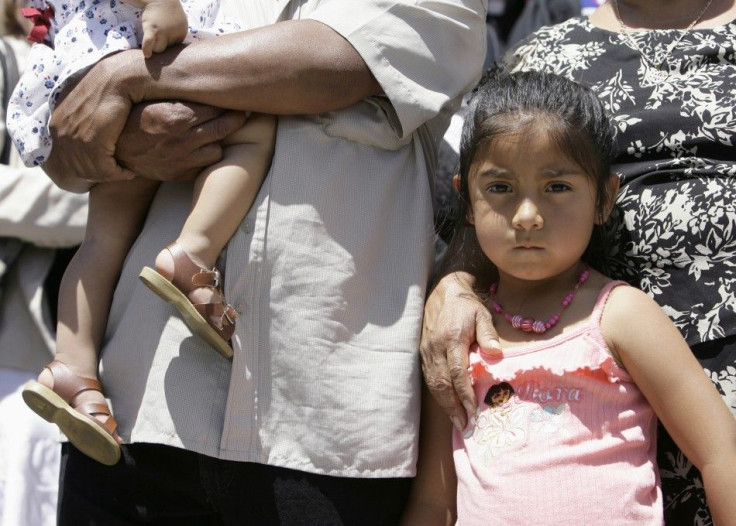More than half of California's children are now Latino

Hispanics and Asians accounted for the bulk of population growth in the state of California over the past decade, according to the U.S. Census Bureau.
The number of Hispanics climbed by 28 percent to 14 million, while the number of Asians grew by 31 percent. The non-Hispanic white population declined by 5 percent over that span.
Overall, 38 percent of California’s populace is now Hispanic, just under non-Hispanic whites, who account for 40 percent.
In fact, more than half of California's children are now of Latino origin. (The Hispanic population under the age of 18 increased by 17 percent over the past decade, while the number of non-Hispanic white children dropped by 21 percent).
The Asian population is now 4.8 million-strong (12.8 percent of the population), while the non-Hispanic black population has slipped by 1 percent to 2.2 million (5.8 percent of the total population).
With a population now of 37.3-million (following a 10 percent growth spurt over the past ten years), California remains the largest state. The second-largest state, Texas, with 25-million people, grew by 19 percent over that span.
Hispanics are the future of California, William Frey from the Brookings Institution told the Washington Post.
Any local or state initiatives that have to do with education need to reach out to this population.
Within California itself, traditional population centers are like Los Angeles and San Francisco are not growing as fast as other areas like the Inland Empire and Central Valley, suggesting a potential shift in political power.
The California state Legislature and the congressional delegation are about to look a lot more like California. You're going to see districts that are much more likely to elect minority candidates and a huge shift from the coast inland, Dan Schnur, director of USC's Unruh Institute of Politics, told the Los Angeles Times.
In both San Francisco and Los Angeles, the post-redistricting political landscape is going to look like a game of musical chairs — with switchblades. There's simply no way that either the Southland or the Bay Area is going to be able to support as many seats, so some of those members are either going to move east or go home.
© Copyright IBTimes 2024. All rights reserved.





















